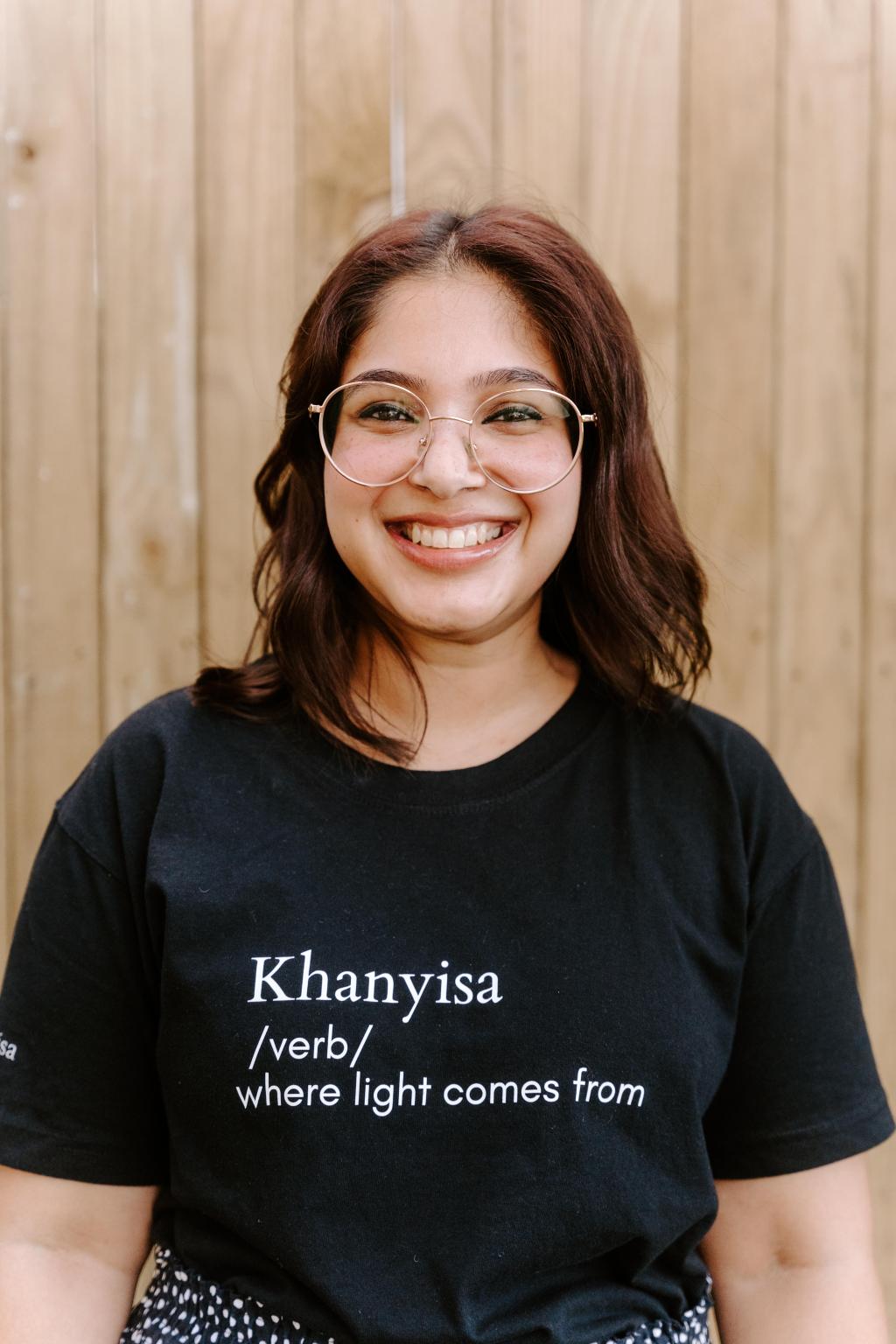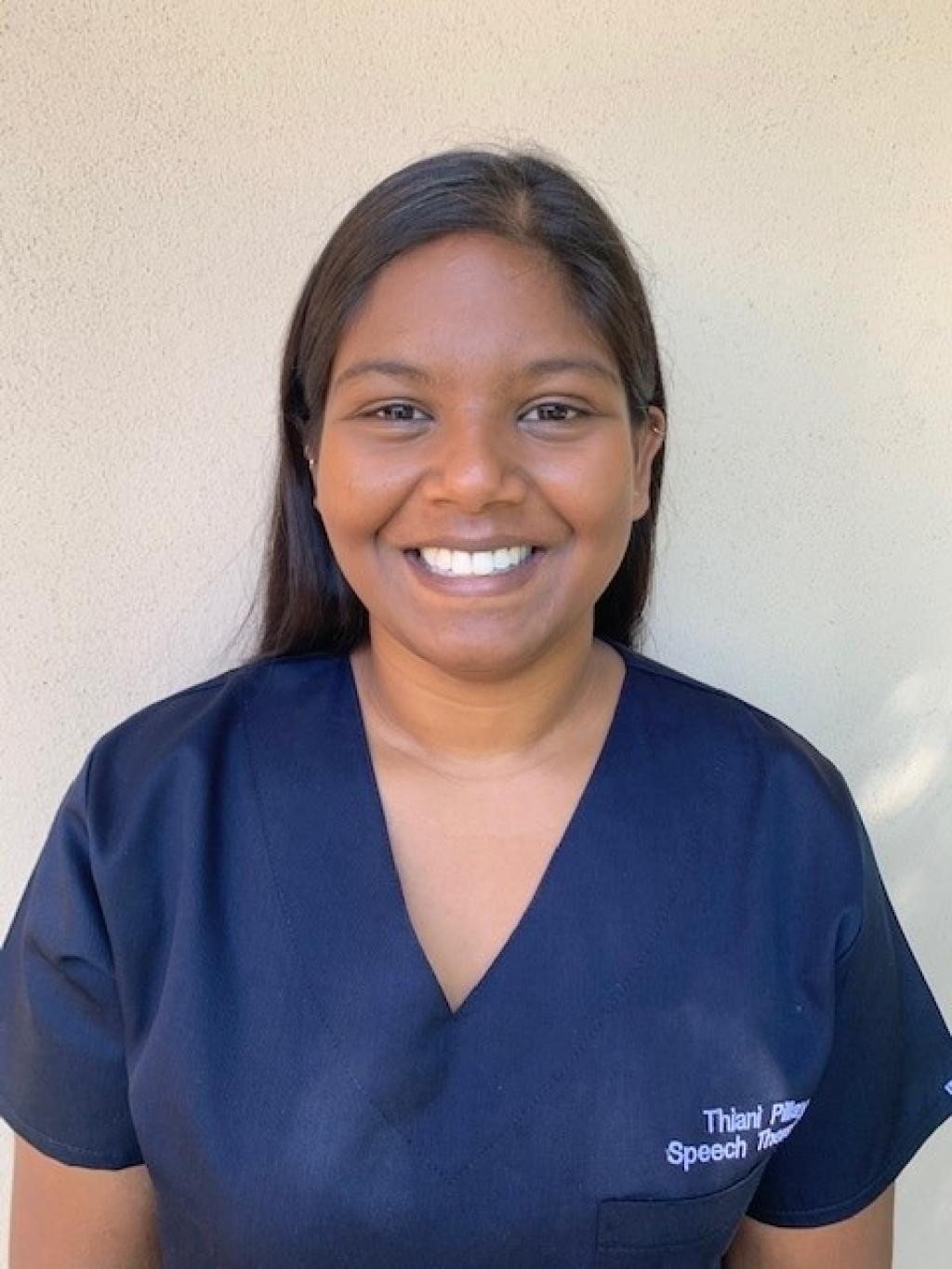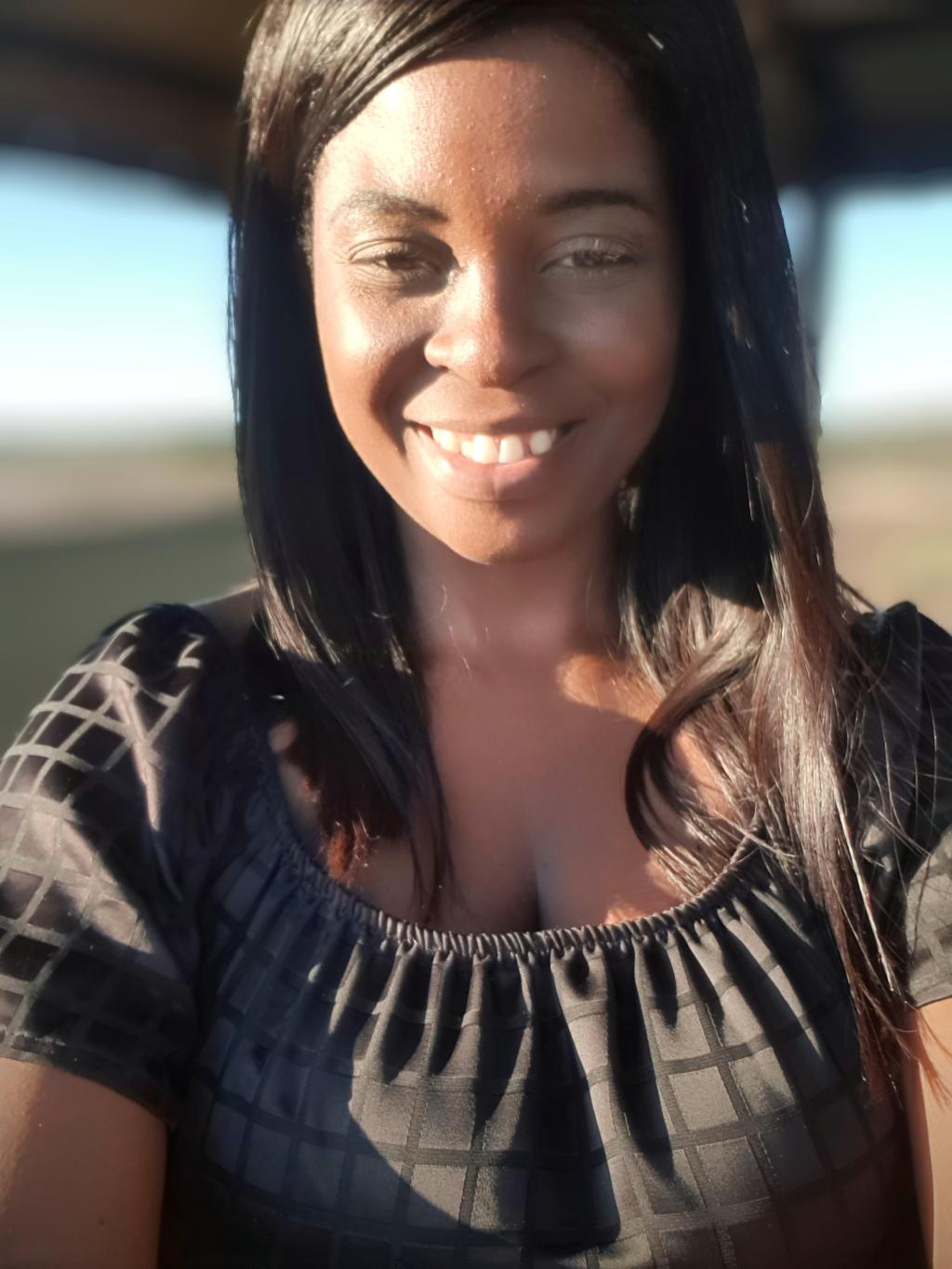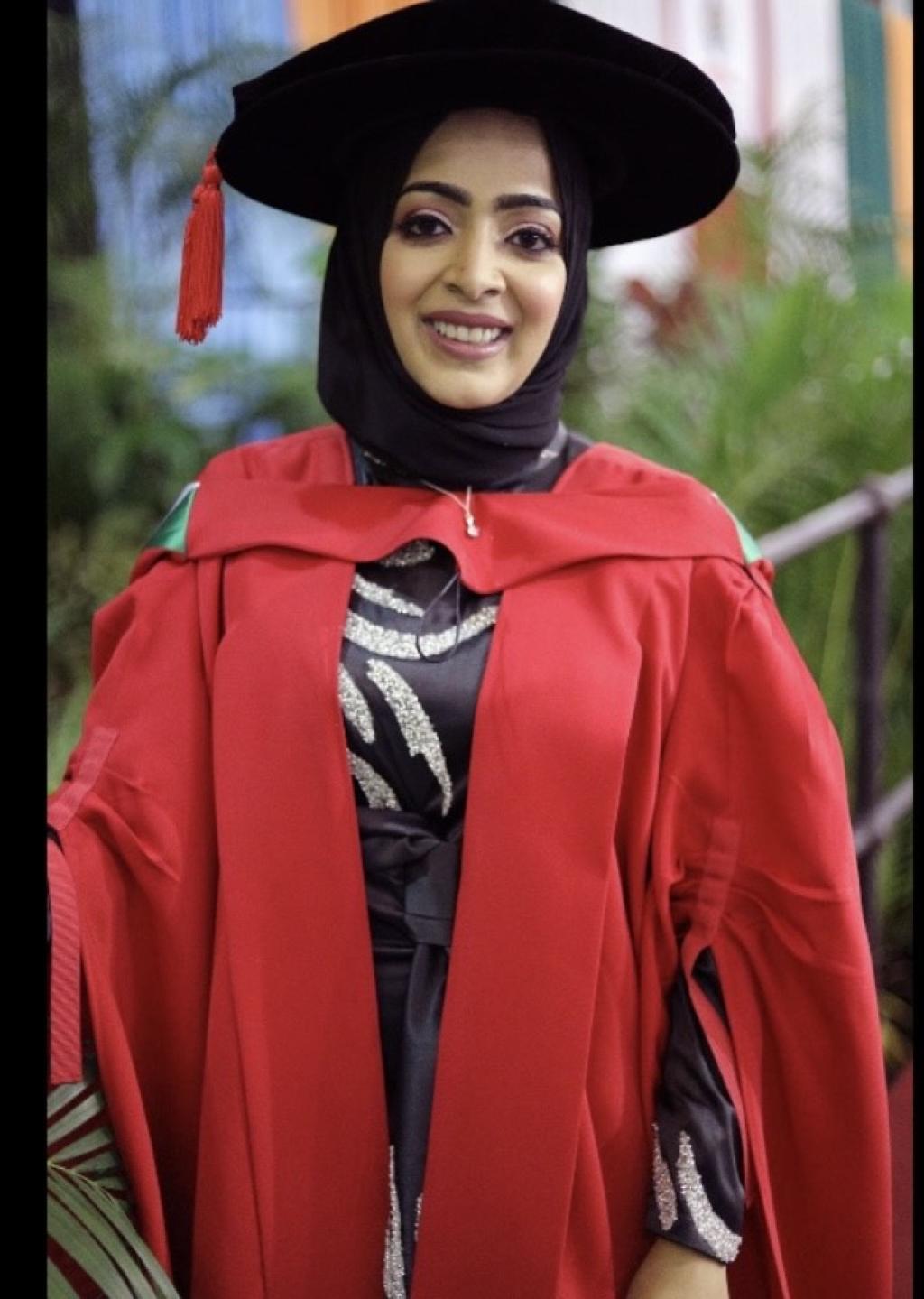Exploring EPIC practices
Community-informed inclusive practices to transform the profession

Prianka Parusnath
Speech-Language Pathologists (SLPs) provide essential input into supporting language, literacy, communication and feeding and therefore are obliged to provide essential input into creating inclusive and accepting environments for neurodivergent and physically impaired individual. However, traditional practice has been shown to have limitations when it comes to serving this population holistically which includes poor generalisation of skills and strategies in real world applications with little no attention to changing societal structures and processes to enable inclusion. Many interventions have been focused on a viewpoint of communication that is ableist and heavily influenced by colonialism and therefore aims to “normalise” the disability as opposed to using an individual’s strengths to support and empower them. Current practice could benefit from a radical shift away from traditional clinic-based practice towards community-informed inclusive practices. In this regard, family and community experiences and expertise can be instrumental in transforming practice as listening to stories can provide a new learning context for SLPs in many environments.
Shifting toward contextualised clinical reasoning

Thiani Pillay
Speech therapists in low-middle income countries such as South Africa are constantly struggling to provide relevant services given the narrow colonial nature of traditional approaches to service provision. One solution may lie within the use of clinical reasoning which allows practitioners to bridge the gap between theory and practice to find effective and equitable solutions to service provision that do not serve the agenda of empirical sciences. Within our study we investigated the utility, scope, impact and applications of clinical reasoning with a specific focus on dysphagia rehabilitation in South Africa. This linked to several principles of the EPIC framework. By critically evaluating clinical reasoning skills we begin to decolonize and transform our approach to swallowing and communication. This could allow us to redefine what is understood as best practice and advocate for the provision of innovative services which account for the realities of the populations which we serve by providing equitable, population-based services.
Re-enVISIONing communication through capabilities

Layla Kamedien
My study aimed to explore and describe early multilingual communication practices at the centre-based preschool programme at League of Friends of the Blind (LOFOB). Research regarding communication development for children with Visual Impairments or Blindness (VI/B) is limited. Thus, there is a need to understand this population’s communication development. The practices at the centre-based preschool programme will help Speech-language Therapists (SLTs) better understand communication development of children with VI/B. LOFOB serves the community at large specifically those living with VI/B. As seen in the EPIC framework, practices of SLTs in South African have shifted and display a greater need for community focussed intervention. In doing so, addressing the needs of marginalised populations. By documenting the practices at LOFOB, SLTs will be able to work towards developing innovative population-based communication practices inspired by children with VI/B.
Political/historical dimensions of communication

Rita Macamba
My masters is an exploratory study that was interested in finding truths about communication development in one of the marginalised communities of South Africa. The study did not focus on disorder but rather took a general approach to understanding communicative opportunities of children as they exist in their natural environment. It was through engaging with stakeholders responsible for child wellbeing, such as teachers and parents, that the data was collected. The study brought to light the history of South Africa and put emphasis on how political backgrounds have shaped the realities of children in rural areas. For example, geographic location as a result of apartheid segregation directly impacts the communication opportunities. The study may be a gateway for future studies to be cognisant of differences between populations with different political histories and how that impacts opportunities for communication development. The study of community practices is an extension of the EPIC framework as it is interested in understanding meaning making opportunities in marginalised societies. I hope that exposing these truths and bring new knowledge into the profession can encourage innovative practices in communication, hearing and swallowing intervention.
Crispy, Crunchy and Crackly

Tasneem Fareed Karani
Eating is one of the most multisensory experiences, with sounds often regarded as the "forgotten flavour sense" (Spence, 2015). Ask yourself, why is it that we find crispy foods so enjoyable, and why is it that we find ourselves salivating when we hear the sizzling sounds of a steak? The acoustic properties of food have ignited interest in various fields such as Cognitive Neuroscience, Gastronomical Sciences, food marketing, and beyond. However, there is a dearth of research in the field of dysphagia (swallowing disorders). I would like to understand the body’s physiological response, specifically the human swallow response to food acoustic properties.
My study is undergirded by a novel research project known as THRIVE, an acronym for “Tackling Hunger by Research and Innovation in Vulnerable Environments”, developed at the University of Zululand. THRIVE is an example of a project based on the EPIC (Equitable Population Innovations for Communication) framework. THRIVE is motivated by the need to deliver viable solutions to all vulnerable populations, like individuals with dysphagia who may encounter food insecurity, to access food that they can safely consume (Kathard & Pillay, 2018). My study is situated as part of the practice domain of THRIVE, by investigating the multisensory nature of food. This study specifically foregrounds sound or acoustics, often regarded as the “forgotten flavour sense”. I set out to understand the body’s response, specifically how the swallow mechanism responds to acoustic properties associated with texturally hard foods such as crispy, crunchy and crackly - a term that I refer to as food textural acoustics (FTA).
My study involved literature evidence synthesis and expert consultations, as well as the development of a protocol to evaluate swallow responses to FTA in adults. This provides a possible conceptual framework to understand and study swallow responses to FTA. The outcomes of my study may contribute to the (re)engineering of food sensory properties towards rehabilitating swallowing, especially useful in marginalised communities where there are reduced/no dysphagia services. This may involve investing in the food to make it more “sensory responsive” with the hope that in addition to being enjoyable, it will possess therapeutic benefit for individuals with dysphagia. It’s crunch time! Let us consider the use of FTA as a way to reimagine dysphagia practice
